Peter Manning examines the history of Sibelius’ monumental concerto and why the work still holds prominence in the 21st century
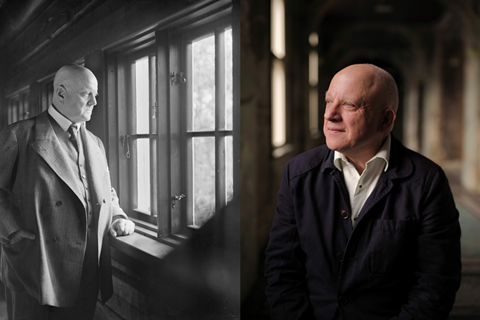
Discover more Featured Stories like this in The Strad Playing Hub
Sibelius is considered to be a composer of exceptional musical inspiration, a creator of new worlds. Whilst it is true that he based much of his creative output on his projections and reflective musical commentary of the Finnish world of nature, his music and his direct and deep dive into the epic poetry works of the Kalevala and Mystic Nature joined with fully felt and deeply ingrained internal worlds of nature spirit, of oral folklore and mythology.
At the turn of the last century, he certainly had his earlier seeding influences, which must include the major works of Wagner, Bach, Beethoven, Busoni, and Bruckner.
The Concerto reveals a dynamic newer development of the conversation between soloist and orchestra, much as was begun by Brahms in his fuller orchestral textures, but he takes this to a new level in order to mix sounds with wider dramatic purpose.
It certainly is worthy of note—particularly with respect to the Violin Concerto’s genesis—that he, as a young violinist, failed to secure a place in the Vienna Philharmonic after a less-than-successful audition with them, which only served positively to deepen his senses to develop his ever-growing obsession with the violin, and indeed a need to write this great work.
The progression of technical capabilities for the violin that had been developing for 300 years now formed for him a newness and energy for a bright century of musical opportunity and, importantly, this extended his musical compositions to create intuitive and less formal new compositions alongside works of greater symphonic scale.
It perhaps shouldn’t be forgotten that when Sibelius was writing the Violin Concerto in 1903, not only was he building on previous models of the earlier part of the 19th century, which included Brahms, Mendelssohn, Tchaikovsky, Spohr, Vieuxtemps, Lalo, and Saint-Saëns, he also was developing novel textures and tonal opportunities for the soloist with compositional mould-breaking that followed on from his impulses to expand the more formal orchestral symphonic concerto vistas of the time.
His genius gave fuller engagement for the soloist as a true protagonist that is included within the full structure of the musical offering. This certainly differed from the classical model and especially the Mozart–Mendelssohn classical shape model of former and earlier violin concertos.
For me as a conductor and musician, this concerto exists as a fully living and potent monument of the extraordinary and transformational creative spirit of Sibelius’ energy.
His output of wider colour and rhythmic variation only serves the purpose of a newer narrative, and as a result the Concerto reveals the development of a newer conversation between soloist and orchestra, as was begun by Brahms in his fuller orchestral textures, but he takes this to a new level in order to mix sounds with wider dramatic, deep musical landscapes—and, of course, the violin soloist as a narrative protagonist.
He so perfectly combines the musical whole with original use of timpani, coloristic sounds of bassoons and horns, alongside the lower clarinet sounds with concertante involvements of solo viola and lively bowings in the strings. One of the greatest effects of this piece is in its use of rhythmic pulse and variety of speeds, which draw us into a fabled and magical world of some great pre-history. If we consider, for example, his ensemble use of the clarinet, bassoons, and horns, and his gathering of his musical forces, we can see that he has developed new tissues of sound to show the violinist soloist alongside whole orchestra in a symphonic accumulation of huge original dramatic and lyric purpose to realise a great and perfect musical vision.
The Concerto reveals the development of a newer conversation between soloist and orchestra
SIBELIUS VIOLIN CONCERTO GENESIS
The birth of the Concerto was most a complex process.
We know from her letters that Aino, his wife, wrote about him having sleepless nights and most vivid dreams around the composition period, and it would seem that he personally identified with the importance of the violin as a potent element for the inspiration within all of his musical periods.
The Concerto, of course, came to great prominence in the 1930s when the violinist Jascha Heifetz began playing the Concerto regularly, and his recordings of the piece from that period and onward spawned a whole cohort of great violinists who, as a result, quite obviously saw that the Concerto was going to be the greatest and most exciting newest addition to their repertoire.
100 years later, the piece is as fresh in its impact and soul depth as it ever was, and there is now a newer generation of soloists who are finding their way to create interpretations for our own generation and audiences around the world.
The violinists Camilla Wicks, David Oistrakh, Ida Haendel, Isaac Stern, Zino Francescatti, and notably Ginette Neveu and Christian Ferras brought recordings of the piece from the immediate post-war period to the attention of all the greatest violinists in our age, both in live programming and, of course, with the wonderful list of the legacy recordings that now exist.
It would seem that the Concerto has captured the imagination of audiences and all the world’s violinists, and it undoubtedly is one of the concertos that violinists particularly like to play and interpret.
It is such a complete work of art in its own right, and the successful and enormous total conversation that this Concerto offers—both for soloist, orchestra, and audience—is still exceptional, even in the 21st century.
Peter Manning conducts Sibelius’ Violin Concerto with Francesca Dego and Chromatica Orchestra on Sunday 8 June 2025 at Saffron Hall. https://www.chromaticaorchestra.com/concerts/finnish-landscapes/
Read: Maud Powell and Sibelius: how the violinist championed the composer’s Violin Concerto
Discover more Featured Stories like this in The Strad Playing Hub
The number one source for playing and teaching books, guides, CDs, calendars and back issues of the magazine.
In The Best of Technique you’ll discover the top playing tips of the world’s leading string players and teachers. It’s packed full of exercises for students, plus examples from the standard repertoire to show you how to integrate the technique into your playing.
The Strad’s Masterclass series brings together the finest string players with some of the greatest string works ever written. Always one of our most popular sections, Masterclass has been an invaluable aid to aspiring soloists, chamber musicians and string teachers since the 1990s.
The Canada Council of the Arts’ Musical Instrument Bank is 40 years old in 2025. This year’s calendar celebrates some its treasures, including four instruments by Antonio Stradivari and priceless works by Montagnana, Gagliano, Pressenda and David Tecchler.

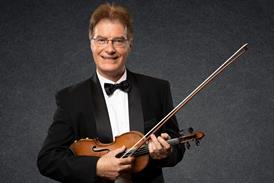
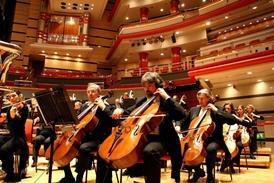
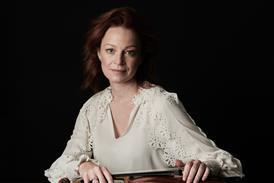
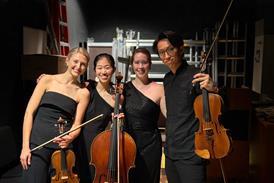
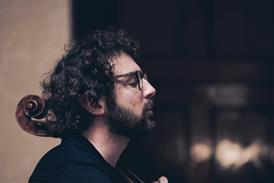
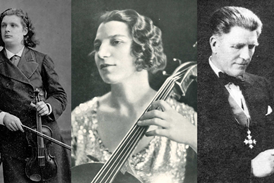


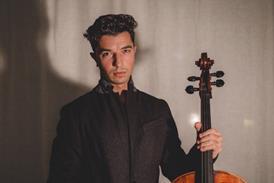
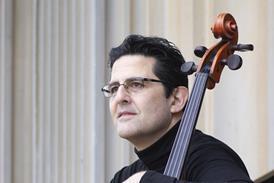
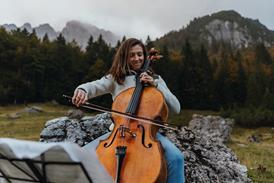
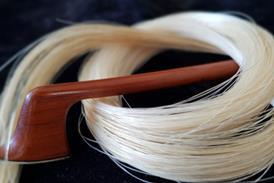
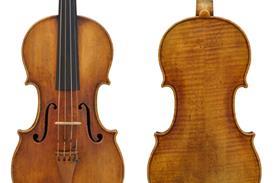
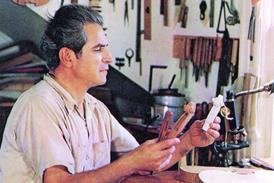
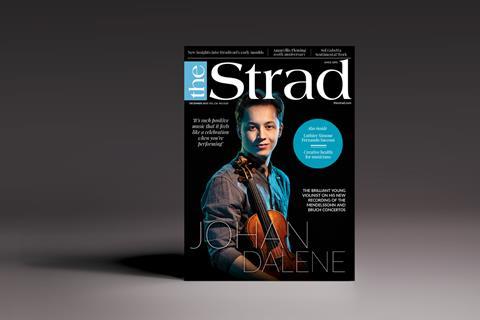
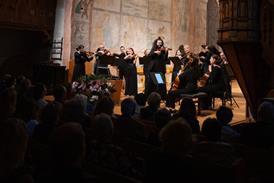

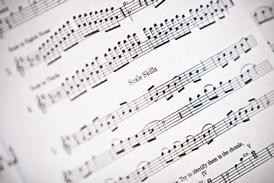
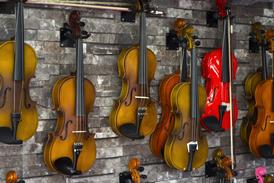

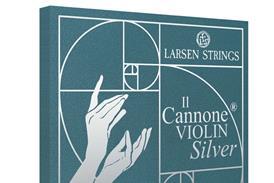

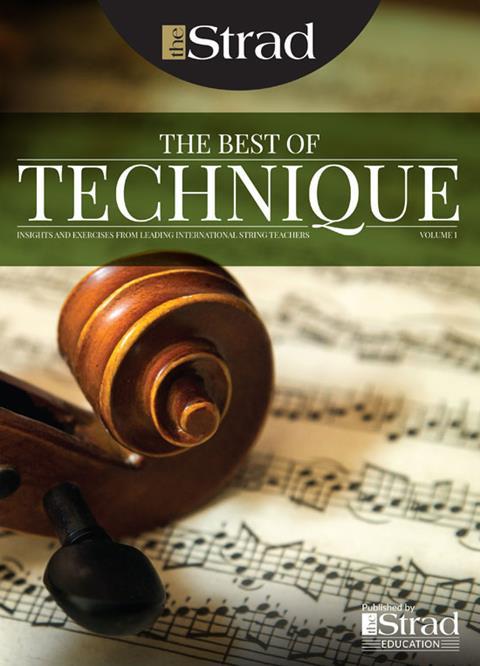
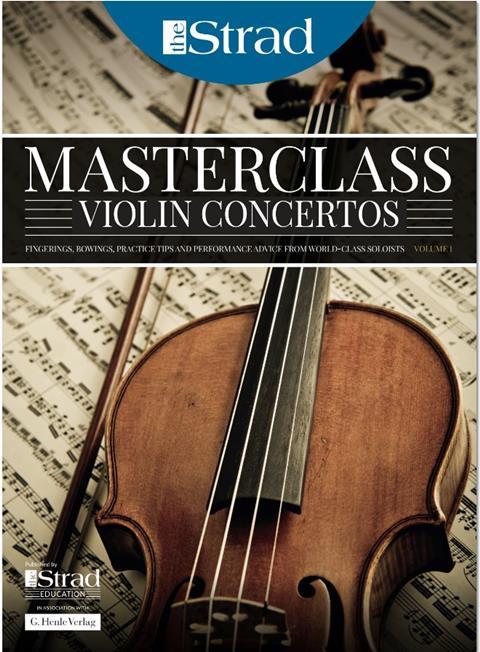
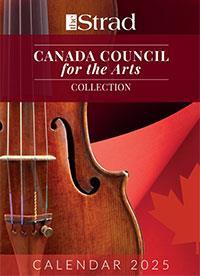
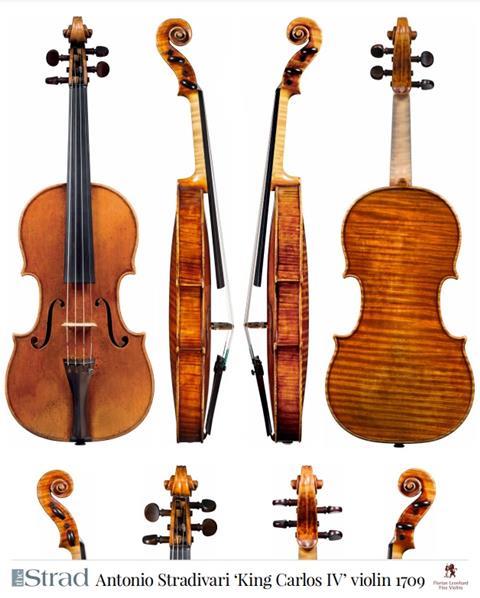
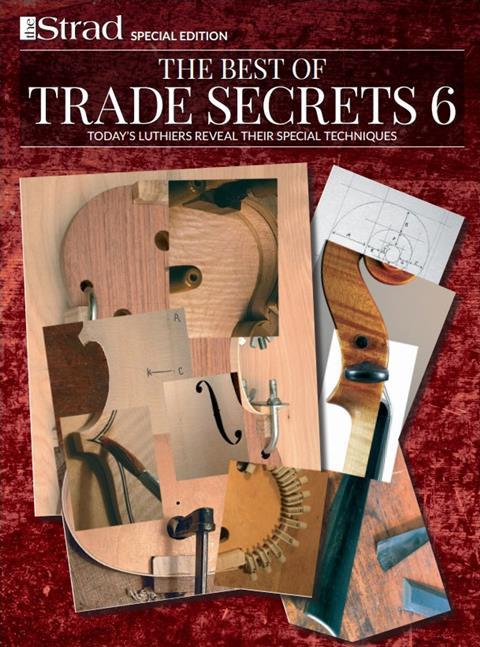
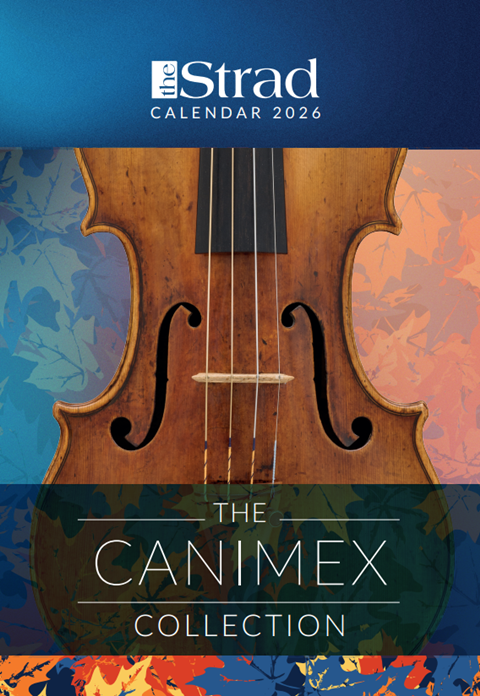
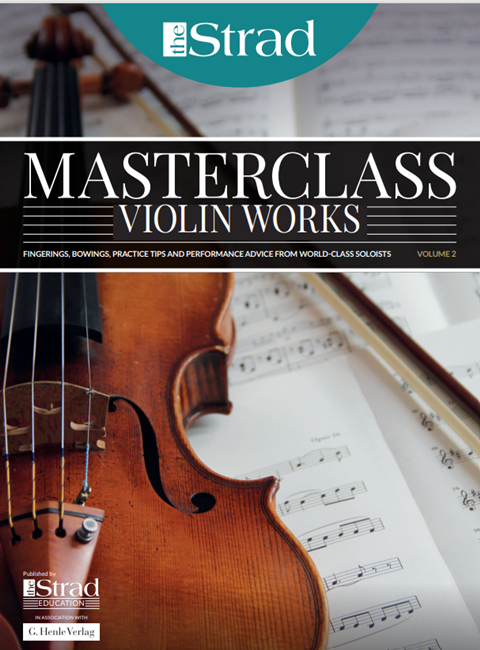
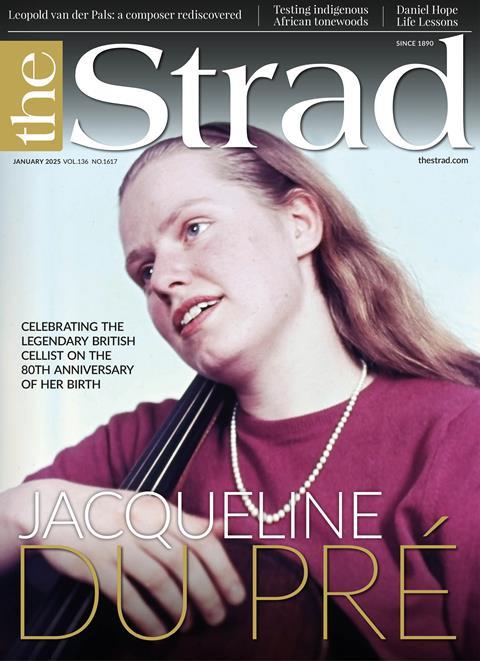
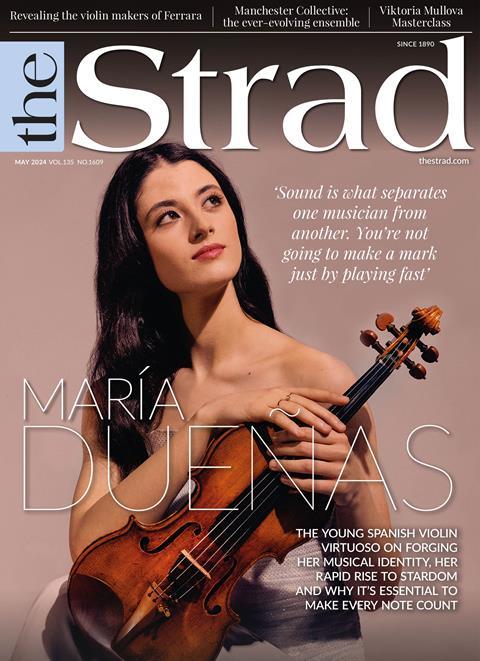
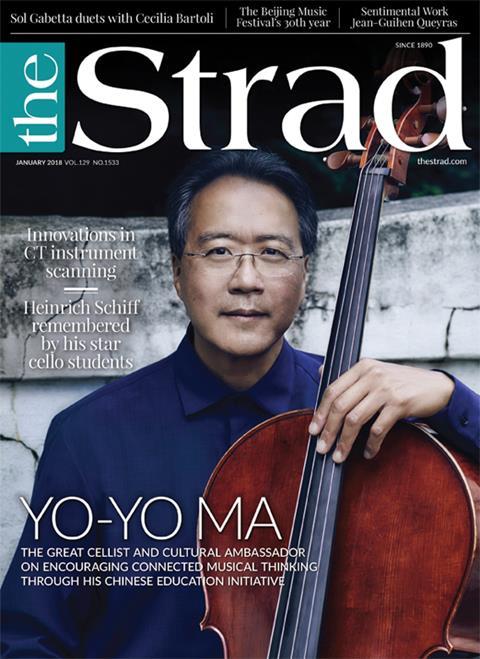












No comments yet